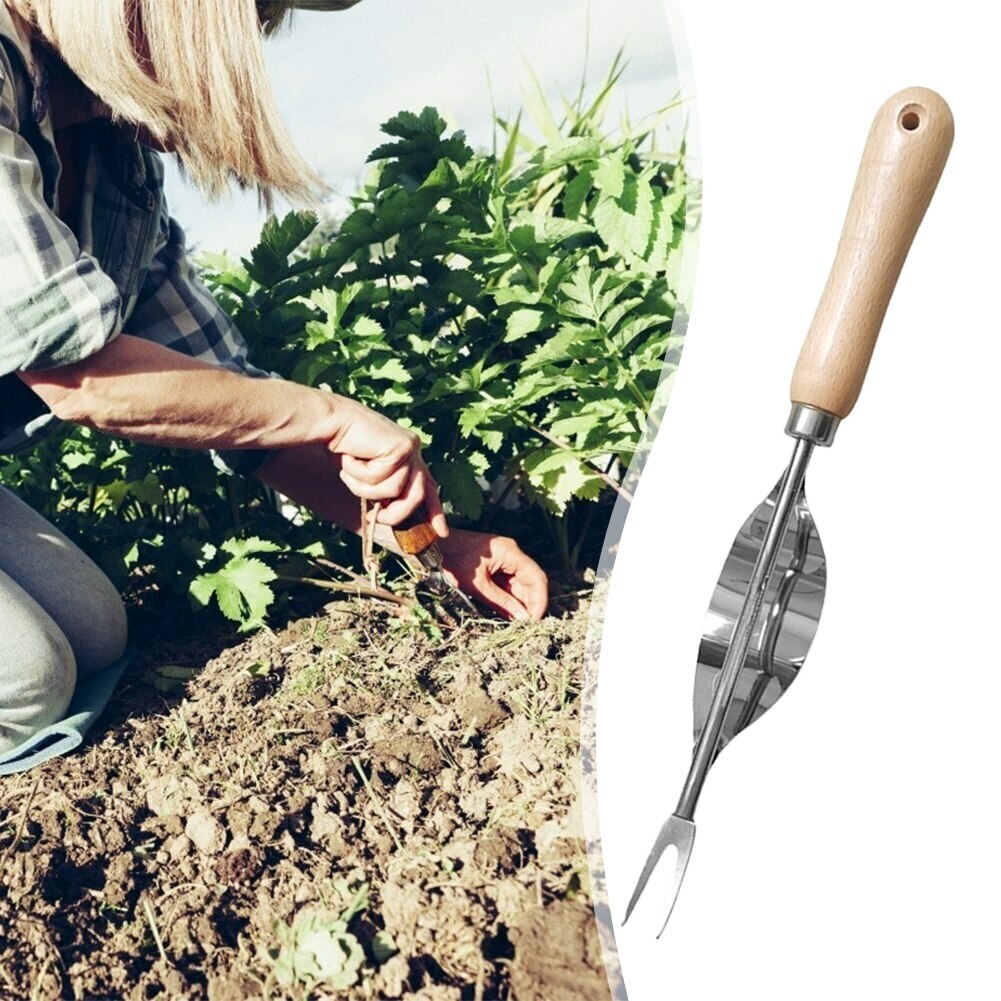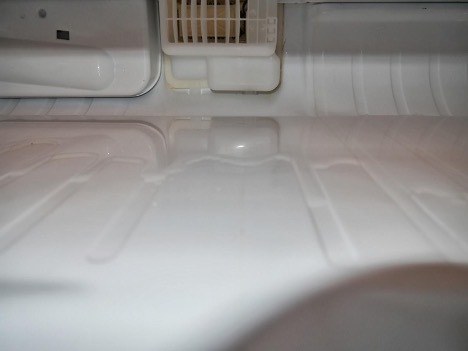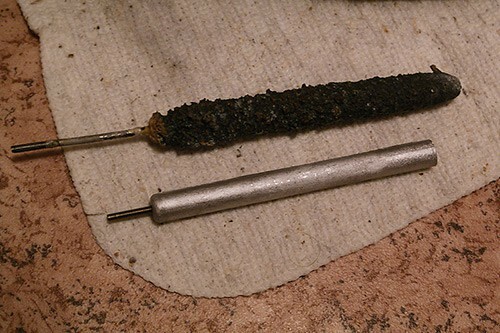Types of fittings for propylene pipes differ from each other depending on the function performed. Most of them are designed to connect pipes in one or different directions, including at an angle of 90 degrees. There are also plugs that are installed at the end of the pipe, as well as special nozzles to prevent emergencies. All common types of fittings and their parameters are described in the presented material.
The content of the article
- Types of fittings
- Technical specifications
Types of fittings
There are quite a few varieties of polypropylene fittings, since each element has its own characteristics in terms of installation and function. The main types are:
- Coupling (adapter) - an element of a cylindrical shape, consists of polypropylene and metal. The coupling can be detachable, straight and transitional. Detachable (American) are equipped with a union nut. In transition threads, the thread can be located both inside and outside. The dimensions of this type of polypropylene fittings can vary greatly - from 20 to 90 mm.
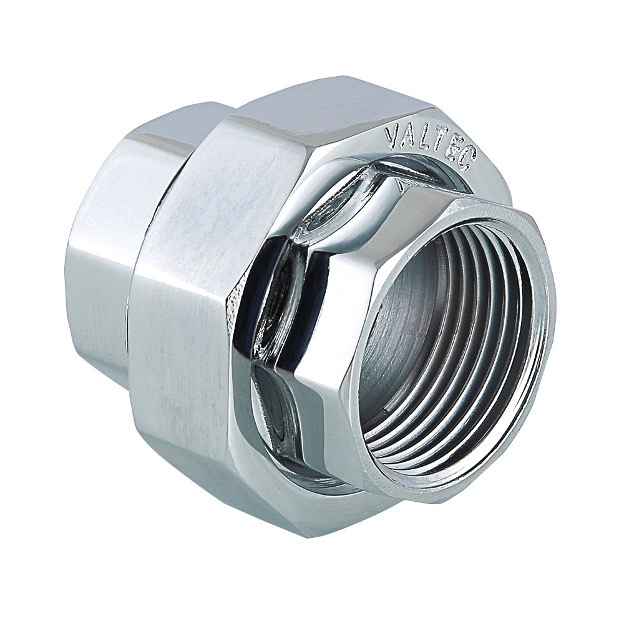
- The fittings are a union nut and threaded design. Used for mounting to a flexible hose pipe.
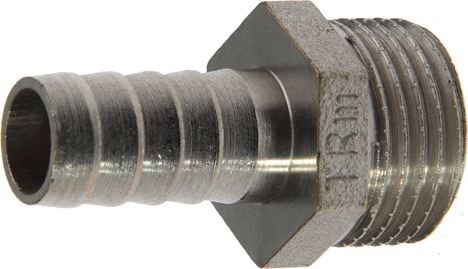
- Considering what fittings for polypropylene pipes are, it is necessary to mention a group of devices. It is represented by squares, water sockets, bends and corners. Go at an angle of 45 or 90 degrees, equipped with an internal or external thread. Installed to connect the mixer, the location of the pipe above or below the other. Often equipped with a wall mount.
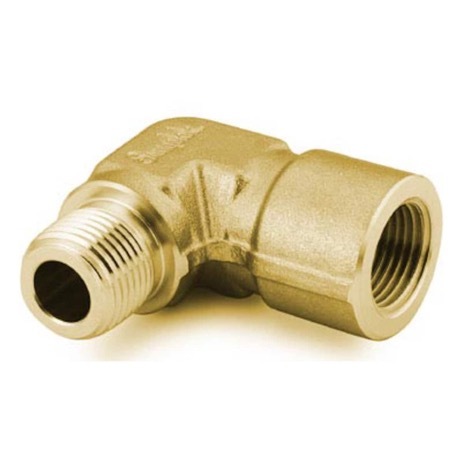
- Crosses are a typical detail, by the example of which you can understand what fittings for polypropylene pipes are. They are placed to ensure the intersection of several pipes. They are used to save space, as well as for a more aesthetic appearance.
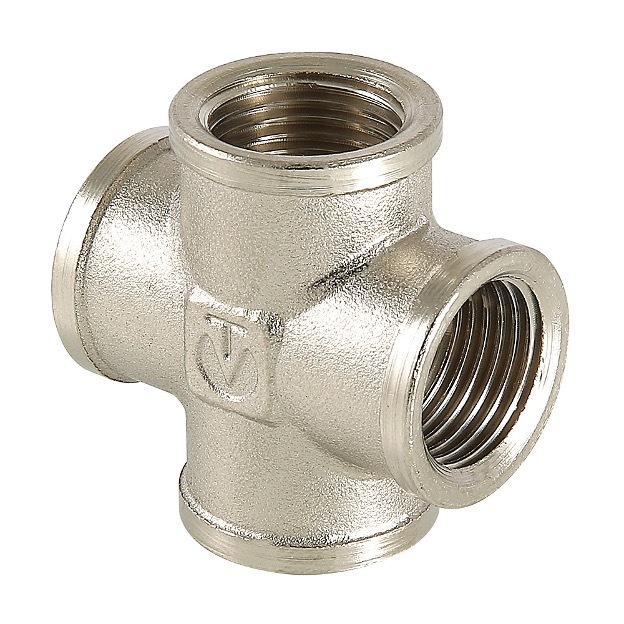
- A tee is a common part that is used to divert polypropylene pipes in one direction or another. Most often they are taken for mounting a radiator. Types of tees for polypropylene pipes are diverse - reverse, combined with external or internal threads. There are also parts without threads - they divert pipes from the main direction at a right angle (90o).
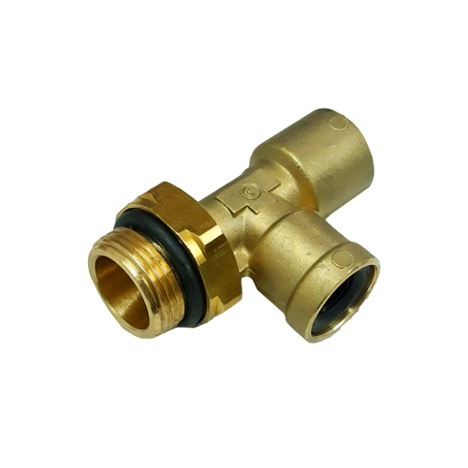
- Collectors - types of tees with a large number of branches (usually 2-6, sometimes more). They ensure an even distribution of water in the heating system to maintain the same pressure.

- Caps, plugs are placed in those places where the pipe ends, i.e. in dead ends. They can simply be put on it or fixed by screwing onto an internal thread.
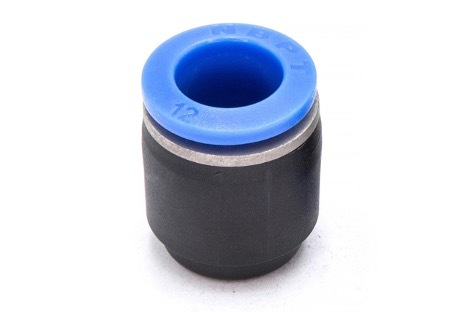
- Filters are mounted directly into the pipe to prevent clogging with suspensions, particles in the water.
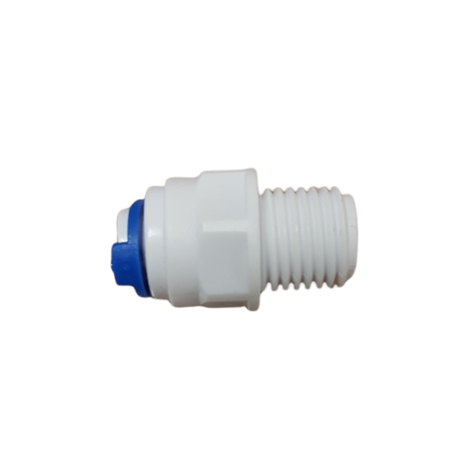
- Check valves are special devices that prevent the flow of water in the opposite direction, which can be observed in an emergency (pump failure, water hammer). Equipped with a nut that can be unscrewed if necessary, clean the valve and put it back.
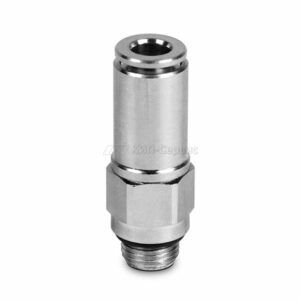
- Compensators - fittings in the form of a loop. They are also designed to provide insurance in case of an accident (sudden pressure drop, temperature shock).
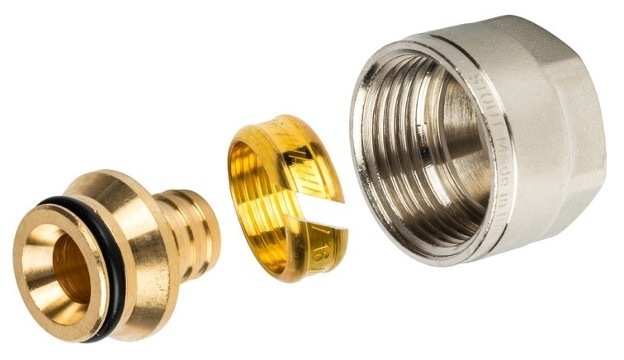
Considering what tees are for polypropylene pipes, we can also mention additional types of fittings. These are auxiliary elements that increase the reliability of fastening pipes with load-bearing supports at home.
Technical specifications
Fittings for polypropylene pipes, the photo of which is shown above, differ not only in purpose and size, but also in technical characteristics. When buying, you should pay attention to several parameters:
- density - the larger it is, the greater the load the part can withstand, in most cases it is 0.91 kg / cm3;
- the thermal conductivity coefficient should be small so that no drops of condensate form on the outside of the parts;
- connection strength - provides a long service life, at least 10 years;
- resistance to chemicals, moisture, exposure to sunlight, temperature.
In order for the fastening to be as reliable as possible, it is important to choose the right size fittings for polypropylene pipes. The indicators are standard - they exactly correspond to the diameter. The minimum value is 25 mm, the maximum is 90 mm. It is not difficult to install fittings - they do it in the process of welding using a soldering iron with the necessary nozzles.
